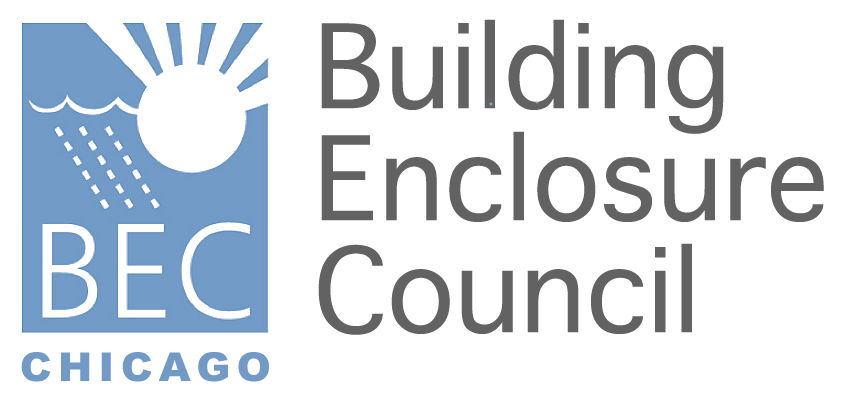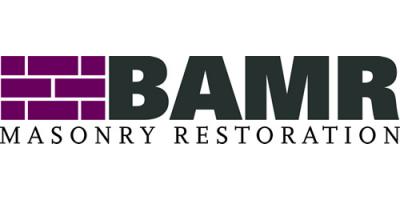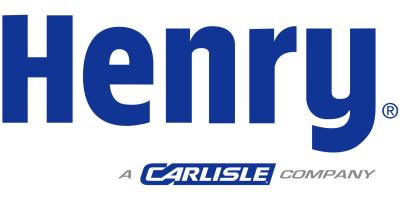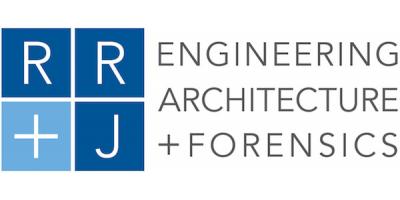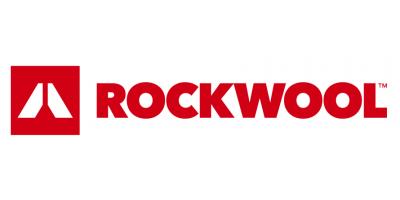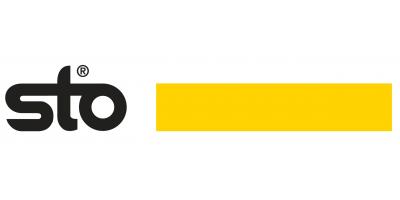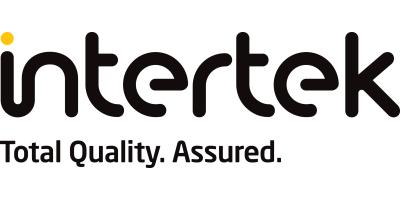| Location | Event will be hosted via webinar |
AIA CREDIT: Yes
ABSTRACT:
In recent years the roofing industry has recognized and reaffirmed the importance of installing a vapor retarder over concrete roof decks to protect the applied roofing system. Without a vapor retarder, the moisture can accumulate in the layers under the roof membrane and cause deterioration and loss of strength of the roofing system. These problems can lead to loss of attachment, wind damage, or blow off. Roofing system manufacturers and industry standards lack practical information about when the concrete is dry enough to install the vapor retarder and whether the moisture in the concrete will affect the adhesion of the vapor retarder over time. To help the industry with this issue, we developed a testing program to evaluate the sensitivity of vapor retarder adhesion to age of concrete at the time of vapor retarder is applied. We monitored the pull-off strength of adhered vapor retarders over time with pull off tests starting 48hrs after vapor retarder application and extending out to approximately 21 months after application.
LEARNING OBJECTIVES:
- Understand the source of moisture in concrete roof decks and discuss the risks involved with applying a roofing system to a concrete deck, especially in cold climates.
- Understand the need for installing a vapor retarder over concrete roof decks to prevent the moisture in the concrete from damaging the roofing system and understand different types of vapor retarders and associated risks when applied to a concrete deck.
- Understand what the results of SGH’s vapor retarder adhesion research show about vapor retarder performance after installation
- Understand the impact of installing a vapor retarder too soon after concrete placement.
PRESENTER BIO:
Mary Donlon, P.E., is a Consulting Engineer at Simpson Gumpertz & Heger Inc. (SGH) with over 5 years of experience as a member of the Building Technology group. She has extensive experience including roofing, panelized wall construction, industrial rope access, contemporary walls, plazas, windows and flooring.
RSVP:
For BEC Chicago members, an RSVP invite will be sent out approximately 7 to 10 days in advance of event. For non-BEC Chicago members interested in attending, you may contact Jeff Diqui at jdiqui@imiweb.org to request an invite. The inviation will include a link to a mandatory RSVP.
